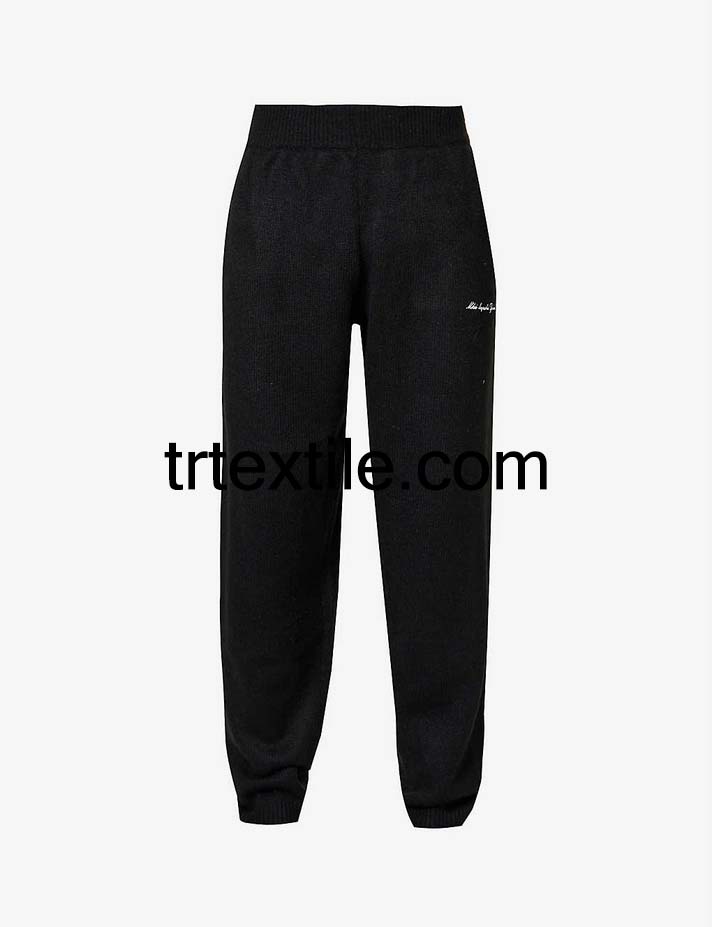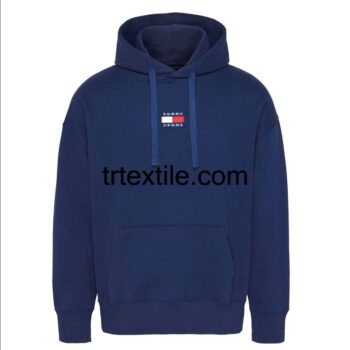Hoodies, also known as sweatshirts, have become a staple in many people’s wardrobes. They are versatile, comfortable, and stylish, making them a popular choice for both casual and athletic wear. The production of hoodies involves several steps, from design to manufacturing to distribution. In this article, we will take a closer look at the production model of a typical hoodie, specifically model 33.
The production of a hoodie begins with the design process. Designers create sketches and prototypes of the hoodie, taking into consideration factors such as style, color, fabric, and fit. Once the design is finalized, it is sent to the production team for further development.
The next step in the production model is sourcing the materials. For model 33, the hoodie is typically made from a blend of cotton and polyester, which provides a balance of comfort, durability, and breathability. The fabric is sourced from reputable suppliers who provide high-quality materials that meet the brand’s standards.
After the materials are sourced, the production team begins the manufacturing process. The fabric is cut into pieces according to the hoodie’s design, including the body, sleeves, hood, and pockets. These pieces are then sewn together using specialized machines and techniques to create the final product.
Once the hoodie is assembled, it goes through a series of quality checks to ensure that it meets the brand’s standards. This includes checking for any defects in the stitching, fabric, or design. Any issues are addressed and corrected before the hoodie moves on to the next step in the production model.
After passing quality control, the hoodie is washed and dried to remove any impurities and ensure that it is clean and ready for wear. It is then inspected one final time before being packaged and labeled for distribution.
The final step in the production model is distribution. The hoodies are shipped to retailers, either in bulk or individually, depending on the brand’s distribution strategy. They are then displayed in stores or sold online for customers to purchase.
In conclusion, the production model of a hoodie, specifically model 33, involves several steps from design to manufacturing to distribution. By following a systematic process, brands can ensure that their hoodies are of high quality and meet the expectations of their customers. Whether for casual wear or athletic activities, hoodies continue to be a popular choice for people of all ages.




